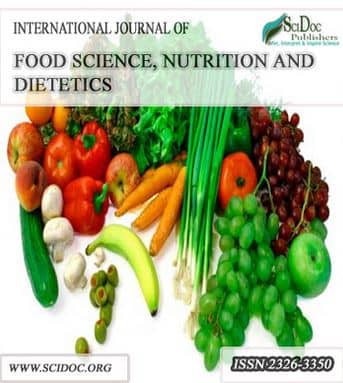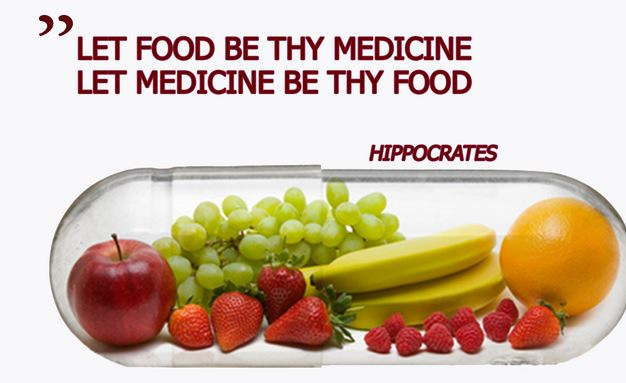What is functional nutrition therapy?
Functional medicine is an individual approach to medicine that takes a holistic approach to each patient. Similarly, functional nutrition therapy is a part of functional medicine that focuses on an individualized approach for each patient. The difference is functional nutrition focuses on diet, fitness, sleep, environment and other lifestyle factors. These specialists consider factors such as blood, metabolism, infection and genetics more than emphasizing surgical approaches to vulnerable patients.
One example of this specialty is when functional nutritionists focus on the causes of heart disease. They focus on what to do with oxidized cholesterol and how to reverse atherosclerosis (hardening of the arteries). Can nutritional changes clear out plaque from the inner arterial walls that already have thickened or hardened with protein and fatty substances or calcium?
For example, UC Davis scientists include nutritional and lifestyle changes to help clear out the hardened arteries and in patients.
Functional nutrition therapists would have to consider several factors as the sections below will illustrate.
Functional nutrition therapy: What if Atherosclerosis is genetic?
Atherosclerosis has been found in newborns, according to research done in Scandinavia. Researchers actually found 97% of these newborns already had some degree of arterial thickening, possibly caused by prior damage to the inner lining of the arteries. Researchers theorized that the damage could have come from deficiencies of vitamin C, E, and magnesium or from small tears from very high blood pressure brought on suddenly by stress. But in newborns? Research is continuing. Predisposition in families is what scientists found in other research studies.
See, Intimal thickening of the coronary arteries in infants in relation to family history of coronary artery disease. The researchers concluded that the association of coronary artery intimal thickening in infancy with family history of CAD suggests that intimal thickening is a morphological manifestation of predisposition to CAD. The term ‘intimal’ means the innermost membrane or lining of some organ or part, especially that of an artery, vein, or lymphatic part.
The issue for functional nutritionists who tell people how to eat is knowing whether the newborns inherited the issues from the diets of the mothers or the genes that allow small instead of large LDL particles to block the arteries in the newborns
Why can arteries harden with dairy?
Why do some health care professionals advise older adults to avoid dairy products and red meat? As the tears are repaired by collagen, oxidized cholesterol comes in and then calcium.
The reason is oxysterols. Methionine is an essential amino acid found in red meat, milk and other dairy products. Methionine is converted into homocysteine once consumed then homocysteine is converted cystathionine. This is normal and harmless in people with ‘normal’ genes. But those individuals who are deficient in the enzyme required to convert homocysteine into cystathionine, homocysteine levels become very high. Some people with family histories of hardening of the arteries may be deficient in these enzymes.
If you want to read more on how plaque forms, see page 754 of the book, Alternative Medicine: The Definitive Guide (2nd Edition).
Excess homocysteine and free radicals: How cholesterol becomes oxidized
Excess homocysteine may be present in your bloodstream if you have a family history of hardening of the arteries, heart disease, strokes and some forms of hypertension. If your blood test reveals high levels of homocysteine, this excess is capable of producing “free radicals.” The free radicals in turn produce oxysterols. That’s how oxidized cholesterol is formed. Everybody has cholesterol. The problem happens when the cholesterol becomes oxidized or ‘rusty.’
Oxidized cholesterols are called oxysterols. What happens is that they enter your bloodstream coming mostly from processed foods. This is a different process than your liver making cholesterol that’s not oxidized. It’s the oxidized ‘rusty’ cholesterol that creates problems. The oxidized cholesterol forms from an excess of animal products or from the pollutants in the environment. In some parts of the country small particles are formed by constant heavy traffic or seasonal air quality issues.
Chlorine, some pesticides and fluoride help to oxidize cholesterol
Oxydized cholesterol also comes from the chlorine in tap water, fluoride and from pesticides such as DDT and other pesticides. Then infections and viruses such as herpes and other viral infections may weaken your immune system causing oxidation. This is also true of trauma and emotional stress.
According to W. Lee Cowden, M.D., less than 5% of cholesterol in the blood is solely diet based. If you read the studies by researcher Kilmer S. McCully, M.D., you will see the theory that excess homocysteine could degenerate arteries. The homocysteine theory focuses on abnormal processing of protein in the body due to vitamin B deficiencies. Also known as “protein intoxication”, the theory is cells get damaged as well as the tissues of arteries. The next step is loss of elasticity in the arteries, hardening, and calcification. Then blood clots form in the arteries.
Chlorine in drinking water forms trihalomethanes (carcinogens)
The chlorine in tap water forms these carcinogens when chlorine interacts with organic chemicals. Research by Hattersley also noted that trihalomethanes create oxysterols. But before all these processes happen, you still need genetic predisposition to impaired cholesterol metabolism. If you do you may have poor metabolism of the amino acids methionine and cysteine. Your genetics might predispose you to elevated blood fibrinogen levels. You may have nutritional deficiencies, heavy metal toxicity from chemical poisons, mercury toxicity from dental amalgam fillings and other environmental or dietary sources, pesticides or an imbalance in your autonomic nervous system.
The solution is to correct the issue and this is where functional nutrition therapy may help. For example, an excess of powdered eggs and powdered milk in processed foods or even some preservatives could be affecting you. Other advice may include increasing fiber from green leafy vegetables or looking into psyllium husks. Reducing fried foods and partially hydrogenated oils may be other suggestions.

The role of functional nutrition therapy going forward
On some level functional nutrition has been around for several decades. For instance, an overweight patient may have been told to go on a low-calorie diet and exercise plan during a routine visit to his family doctor. It is possible that a doctor in general practice may suggest a high protein diet to his patient if they are losing muscle mass. Someone feeling run down after an extremely difficult week may be advised just to rest or go on a vacation.
But functional nutrition is more than that. Working alongside functional medicine experts they can design specific plans to benefit each patient as an individual. Each person has unique needs that require unique solutions. While general guidelines are often beneficial, they may not always solve the problem.
An example is someone that cannot digest vitamin B12. No amount of general advice will solve that problem. A specific plan would include adding b12 shots to the program so the patient can function normally.
Perhaps one patient lives in a high pollution area or is exposed to heavy metals routinely. They may require higher levels of antioxidants in their body, such as a Glutathione, to rid their body of these toxins. Maybe a patient is suffering from hormone deficiency and they need growth hormone therapy. Along with balancing the patients’ hormones with growth hormone releasing medicine they may need a new nutritional plan. In fact, depending on the severity of the deficiency certain dietary changes or supplements may improve hormone levels naturally.
As more illnesses become linked to lifestyle the role of functional nutrition will continue to grow as they have shown promise in not only preventing but reversing conditions.



